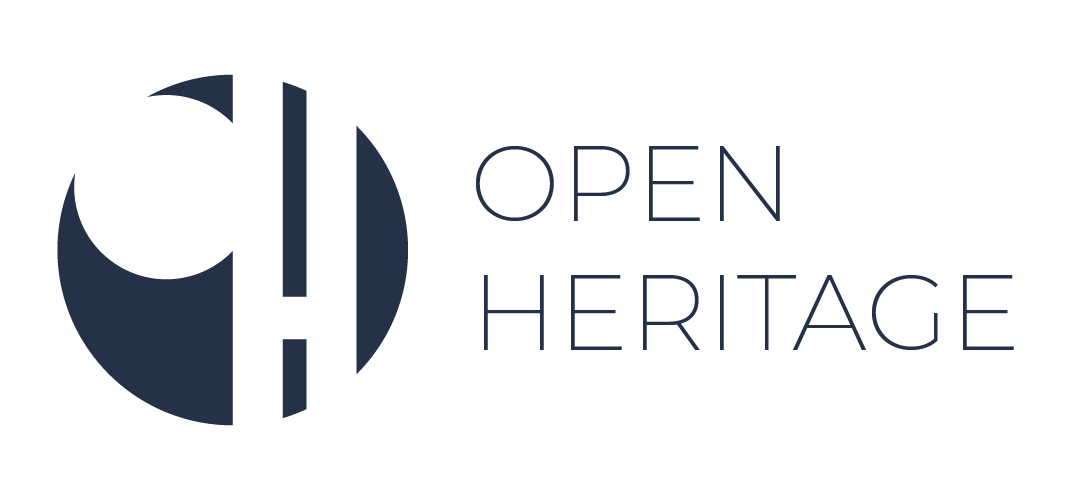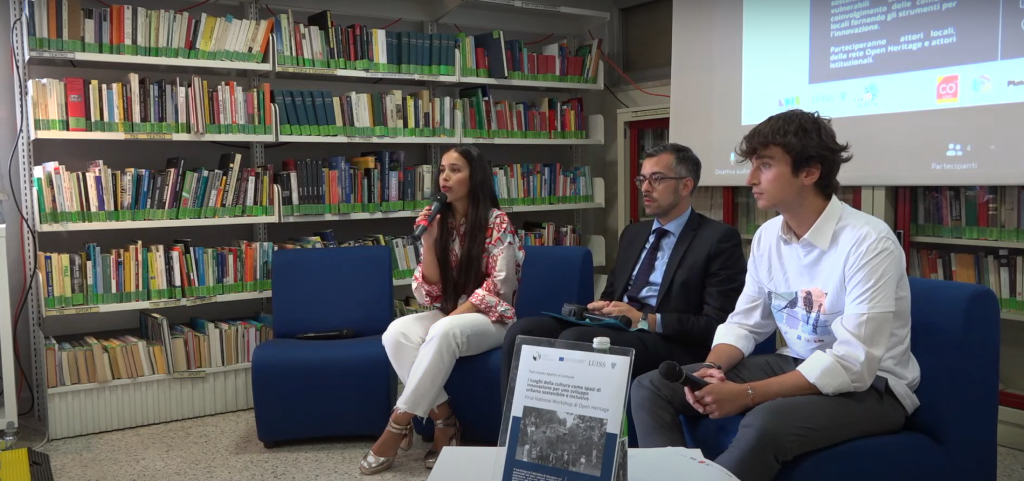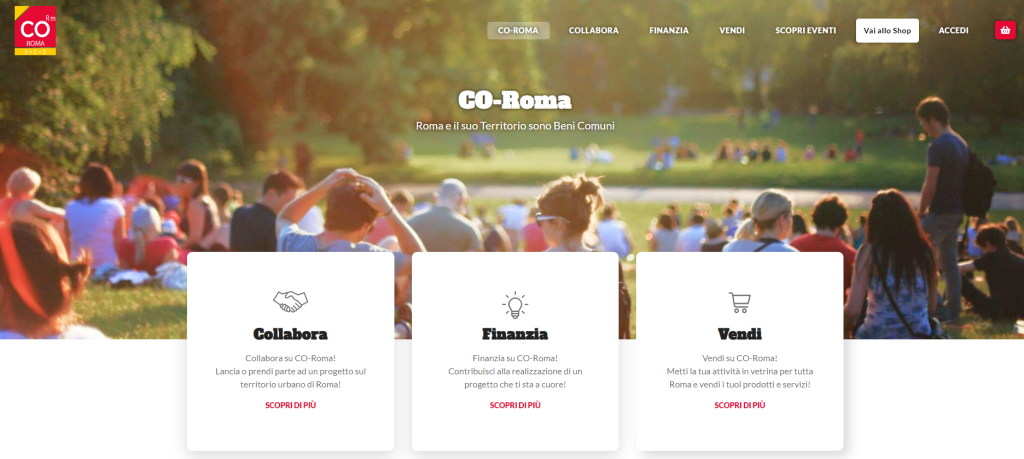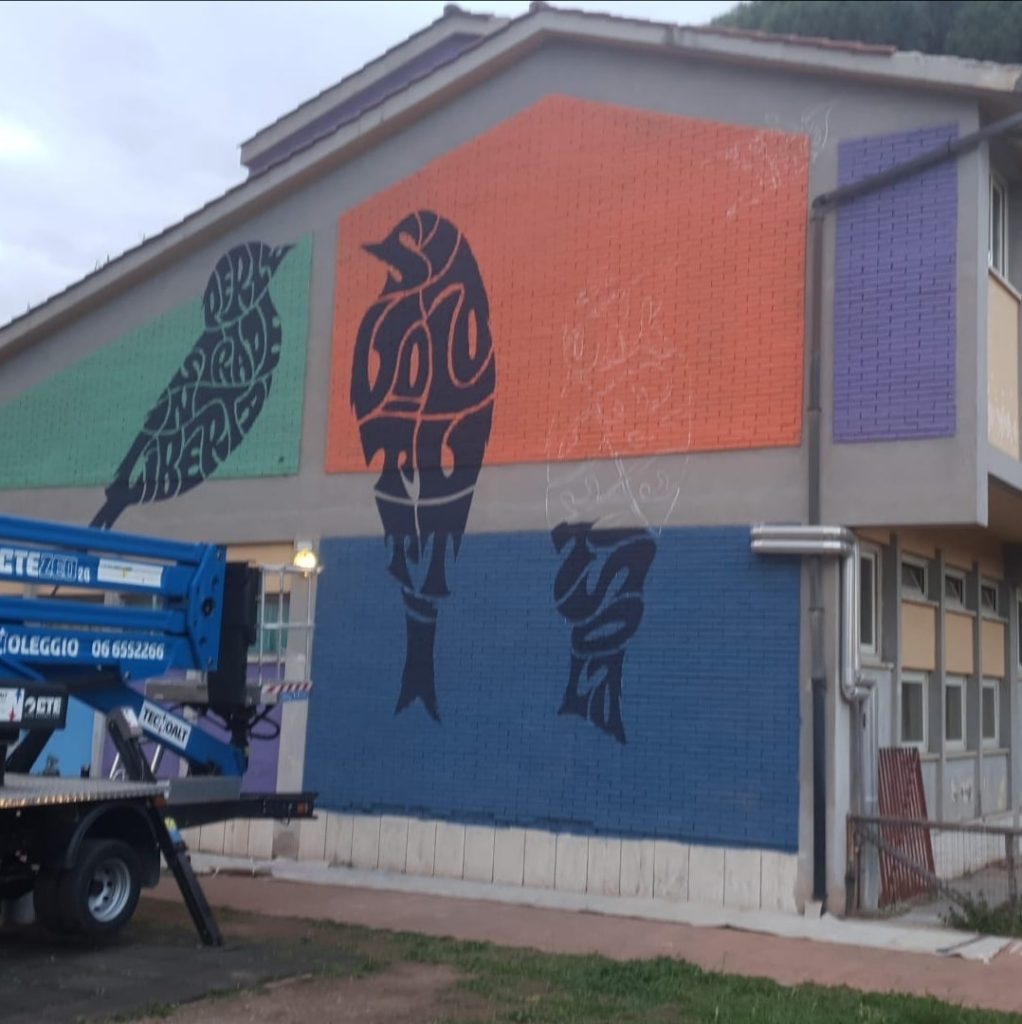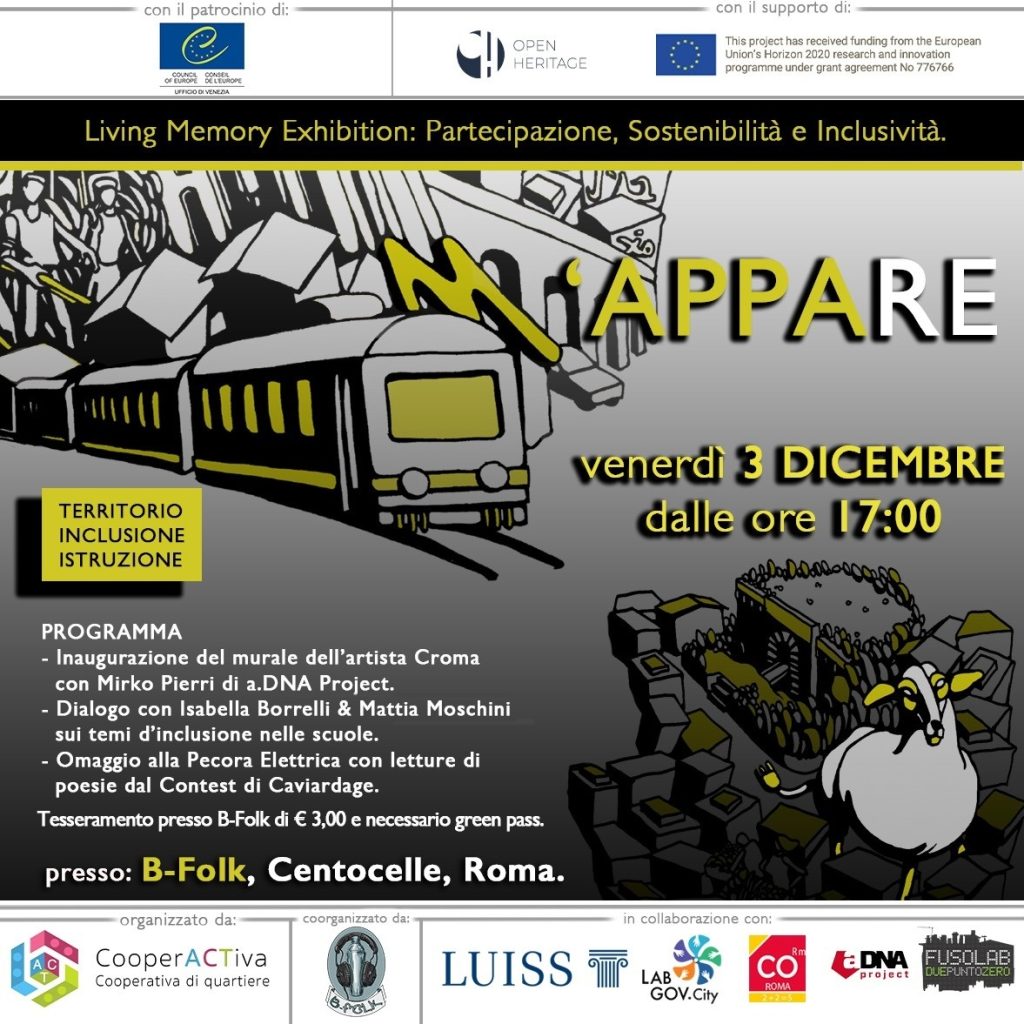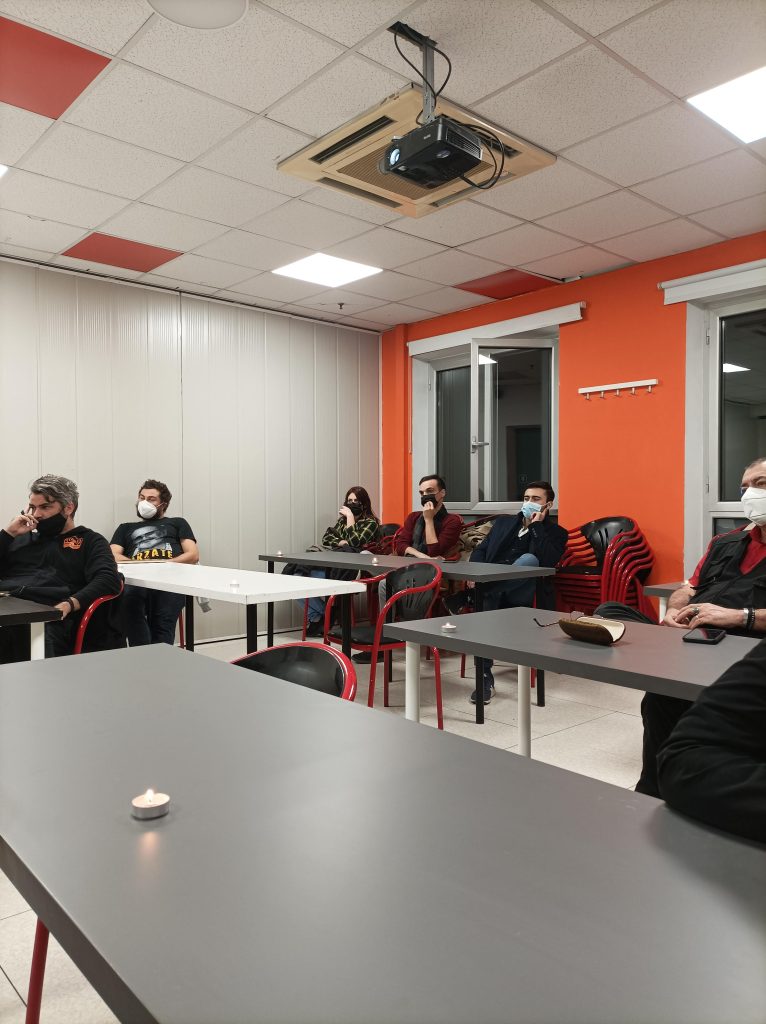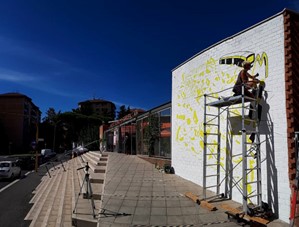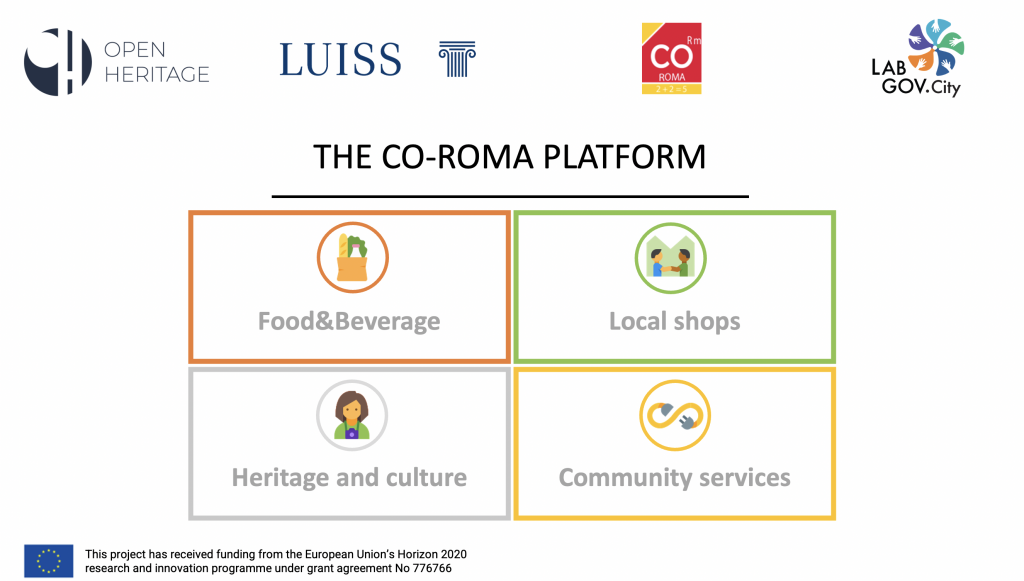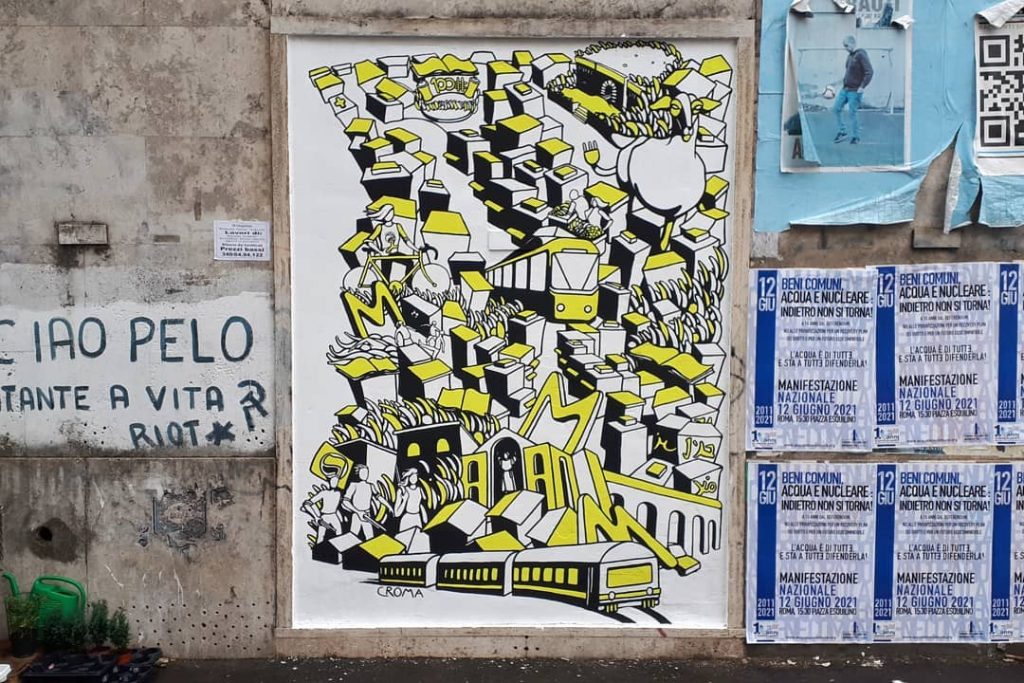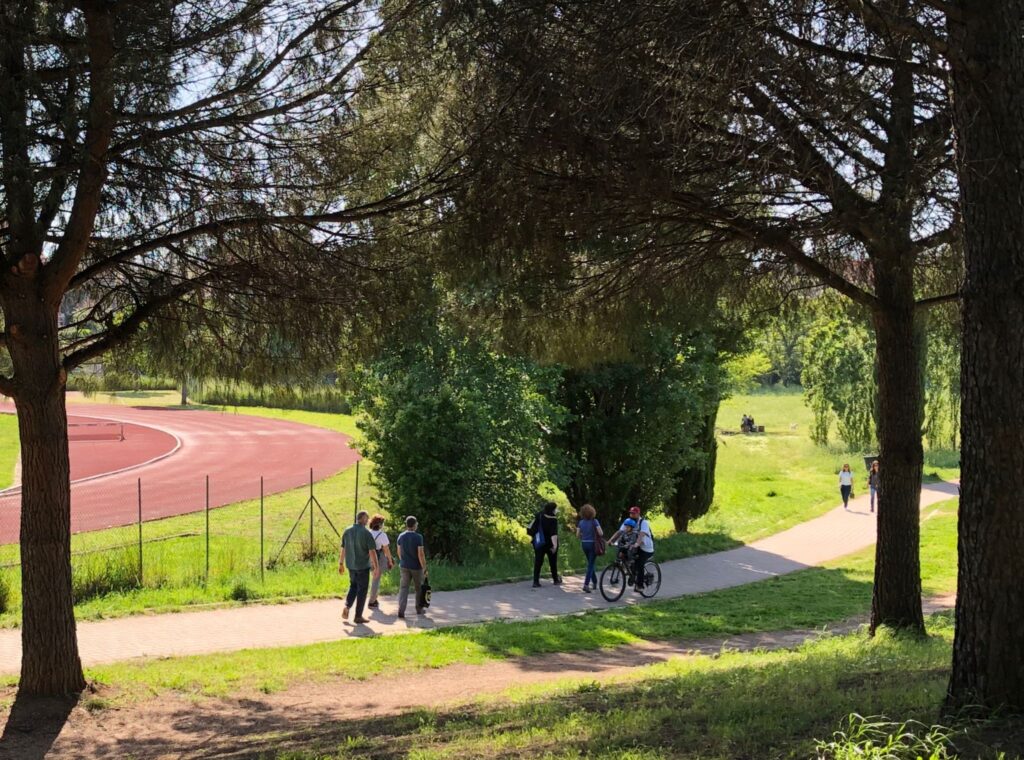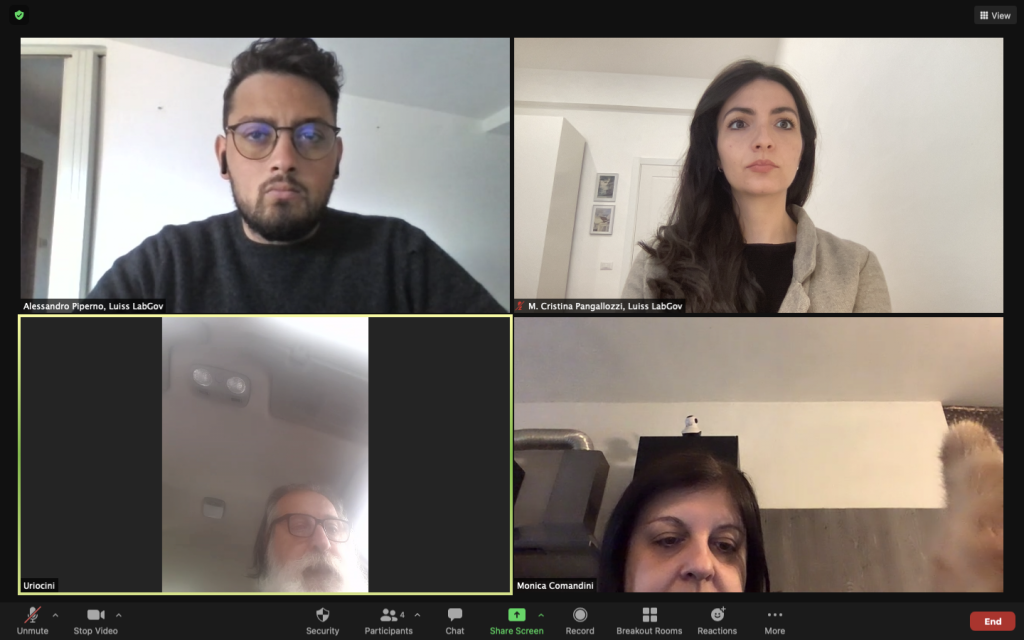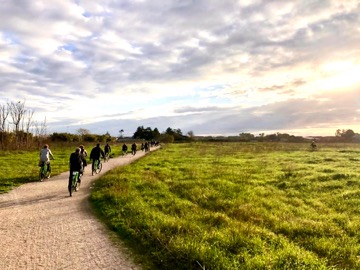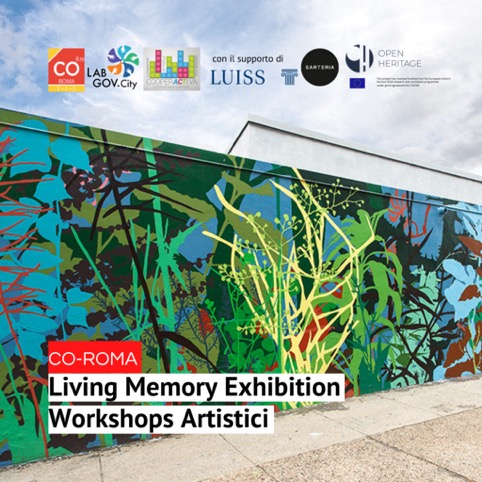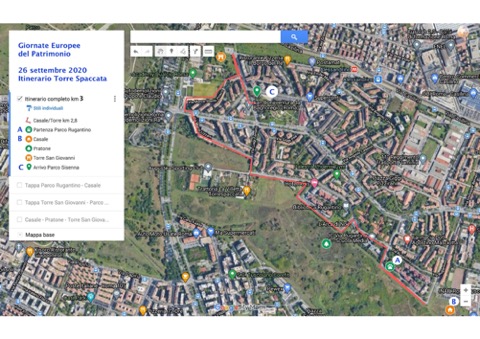
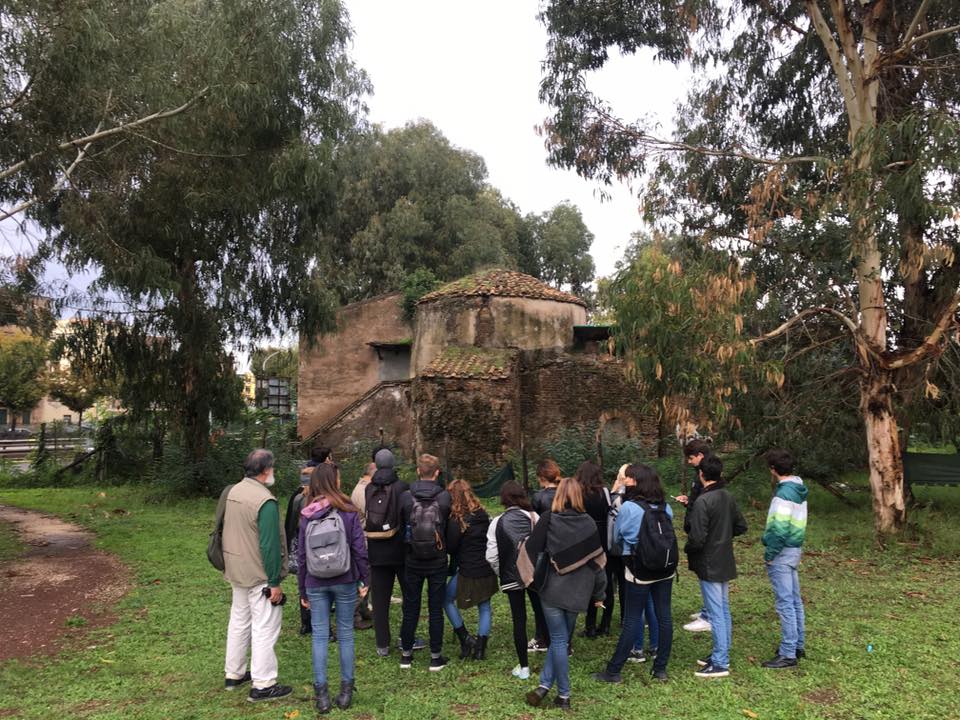
The Rome CHL, named Rome Collaboratory aims at building a socially and economically sustainable business model based on the heritage district of Centocelle to support the economic and social development of the Alessandrino, Centocelle and Torre Spaccata neighbourhoods. These three neighbourhoods form the Centocelle heritage district from a cultural, archeological, and social point of view. The area is currently undergoing a process of revitalization that is turning it into a food district and might end up triggering a gentrification process. The Centocelle archaeological, historical, industrial, cultural heritage is seen both as an ecosystem and as a narrative of these three neighbourhoods. This area has a strong heritage value and it has a hidden capacity to develop value which would foster the local development of the districts. The community of local stakeholders is supported and coordinated by the LUISS team is strongly motivated in the valorisation of the area. The actions already taken have led them to constitute a Heritage Community pursuant to the principles of the Convention on the Value of Cultural Heritage for Society (Faro Convention, 2005), which is in an advanced stage of the process of recognition by the Council of Europe as a Faro Heritage Community. Rome Collaboratory, builds on the results of the Co-Roma project (www.co-roma.it). This project aimed at seeding urban co-governance in the city of Rome implementing city inhabitant’s right to use, manage, and own urban assets and infrastructure. These principles are implemented through a toolkit of practical techniques and solutions, the “co-city protocol” (www.commoning.city), which aims at experimenting urban cooperativism in the city.
Aims:
- Develop a bottom-up approach for the regeneration of the co-districts, based on co-design and empowerment of the community.
- Transform the heritage district into a resource, through actions and services offered by a community enterprise, which is the operative unit of the CHL.
- Create synergies between the community’s activities supported by an institutional network of local enterprises, public authorities, academic and knowledge actors, local associations, users and inhabitants. in order to create synergies and externalities due to the integration of resources of the community.
- Boost the economic development of the area. The community enterprise aims to develop its services with two different business models. The first business model requires a minimum initial investment and its sustainability is based on selling services (service-based model). The second business model aims to provide economic stability and expand the project scale through a real-estate investment (estate-based model).
Work so far:
- A neighbourhood community was formed called CooperACTiva, helping to achieve the main goals of Rome Collaboratory.
- CooperACTiva is a joint venture between (i) individual city inhabitants from the three neighbourhoods of Alessandrino, Centocelle, Torre Spaccata; (ii) FusoLab 2.0 (i.e. the community hub established in the Alessandrino neighbourhood); (iii) the association Community for the Park of Centocelle and (iv) Friends of LabGov, an NGO established by students and young researchers of Luiss LabGov.
- Activities planned for the diffusion of the knowledge related to the heritage districts were started and still are in process.
- A photographic contest was organised with the aim to reveal the perceived heritage of the district throughout the eyes of the residents, providing interesting insights into what heritage meant for them.
- CooperACTiva is constantly working on the promotion of the area and its hidden treasures. With this aim it took part in the participatory budgeting process, launched by the City of Rome, presenting a project proposal named “The Centocelle park between past, present and future”.
- CooperACTiva started to work towards the realization of adaptive reuse actions of an abandoned building and the creation of a narrative that could enhance the heritage values of the district.
- The Rome Collaboratory also worked on reinforcing the entrepreneurial spirit of the community by developing a capacity building process addressing the existing community and also aggregating new communities and new potential members. The capacity building process started in October 2019 and will continue until April 2020.
Challenges ahead:
- State of access to the ruins: now it’s only partially accessible to the public.
- Environmental: the green area and infrastructure is generally in very bad condition.
- Social and geographical: the surrounding area has a marginalized character with negative stereotypes and bad self-image.
- Economic problems: the population in the area has been badly affected by the economic crisis and the general problems of the Italian economy.
Contact:
Christian Fernando Iaione
ciaione@luiss.it
Elena De Nictolis
edenictolis@luiss.it
Take part in the work:
Visit Lab
Learn more about the Lab:
Visit Roma Lab website
To download:
Local Action Plan Centocelle
- Consortium meeting in Rome: Focus on civic engagement and sustainability in heritage reuse
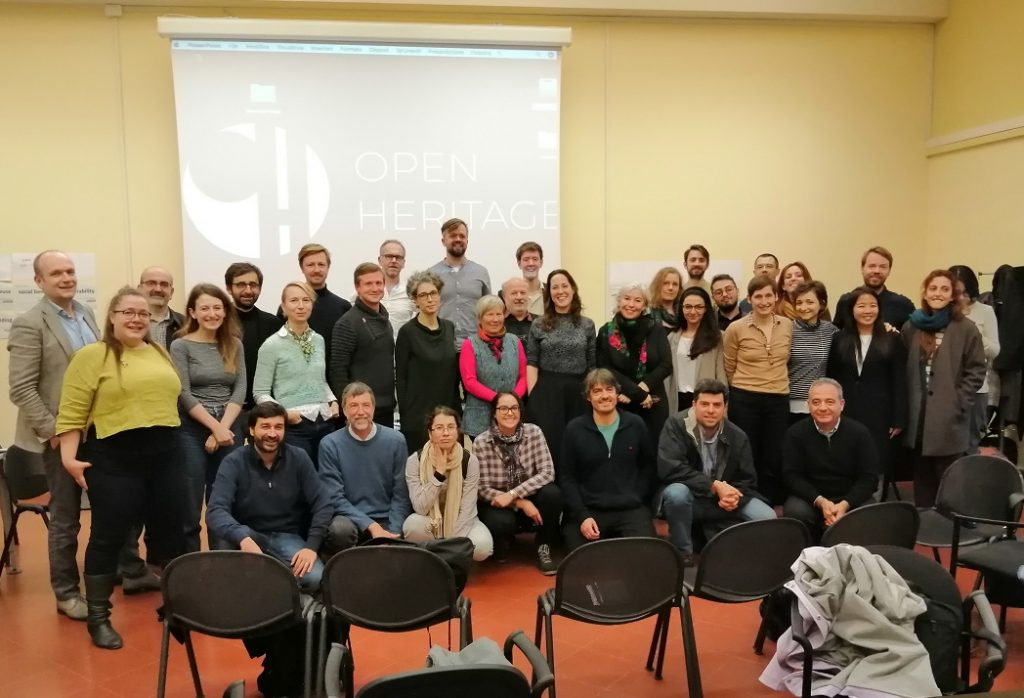 OpenHeritage’s third Consortium meeting took place on December 8-10, in Rome. Through work package reports, workshops and discussions it further explored how civic engagement and […]
OpenHeritage’s third Consortium meeting took place on December 8-10, in Rome. Through work package reports, workshops and discussions it further explored how civic engagement and […] - The Rome Collab oratory co-designs its Action Plan
 In January 2019, the Rome Collaboratory started its work in several most difficult eastern districts of the Italian capital – Alessandrino, Centocelle and Torre Spaccata.
In January 2019, the Rome Collaboratory started its work in several most difficult eastern districts of the Italian capital – Alessandrino, Centocelle and Torre Spaccata.
